How and when to feed monkey grass – to keep this part-shade perennial thriving
This low-maintenance ground cover is a tough plant, but feeding can help to improve growth and flowering
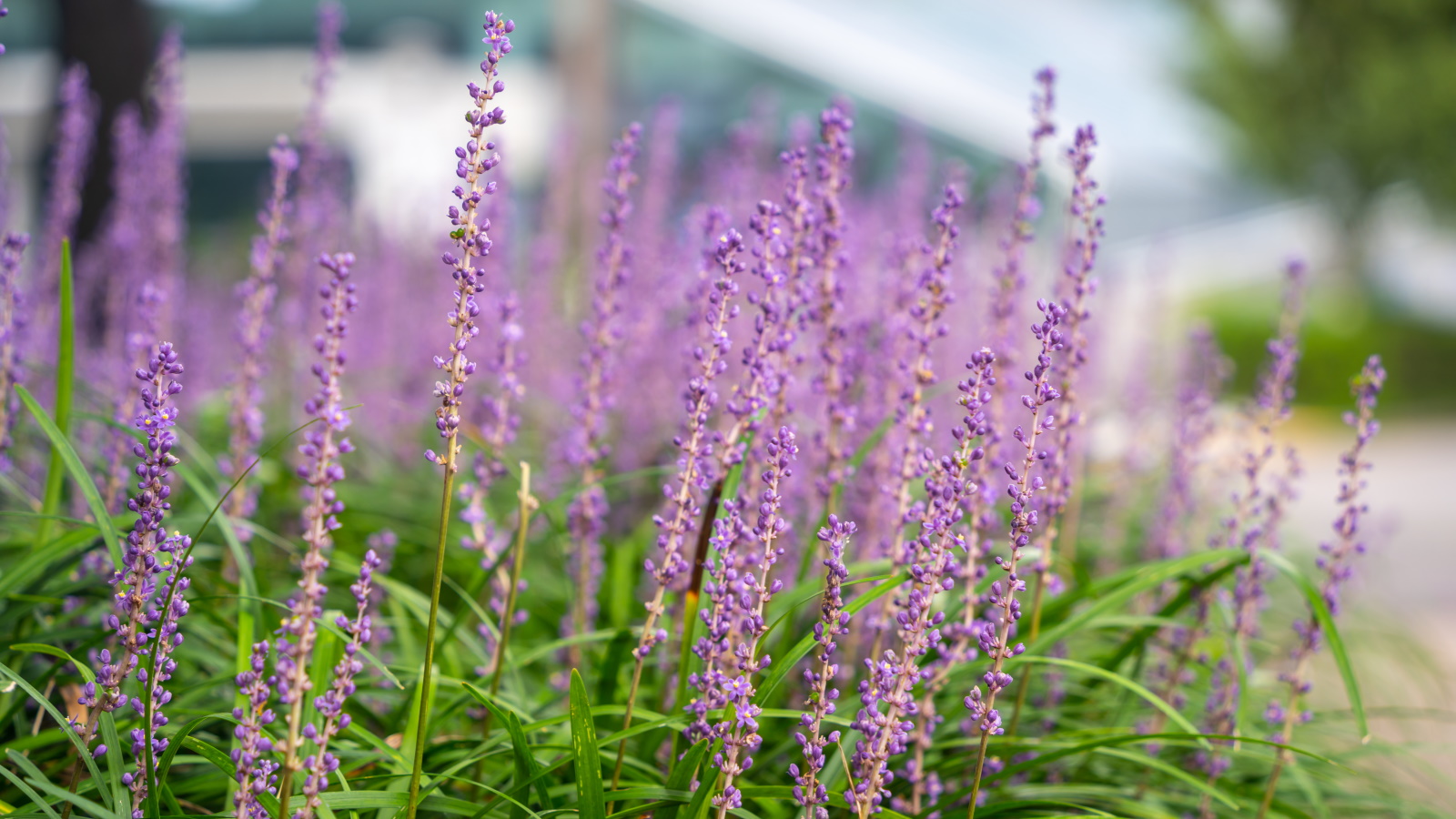

Monkey grass, Liriope muscari, is a popular plant, notable for its ability to grow in dry, shady spots. Considered one of the best part-shade perennials, monkey grass is valued for its grass-like foliage and flower spikes that can bloom in white or purple during the late summer months.
Many gardeners will know how to grow monkey grass but might consider fertilization unimportant, largely because this plant is thought of as tough and self-sufficient. However, a small amount of fertilizer can be applied once a year and can help to improve the performance and health of your monkey grass plants.
Here, garden experts share the best approach for maintaining and growing this hardy perennial, including the best approach to feeding monkey grass and the right products to use.
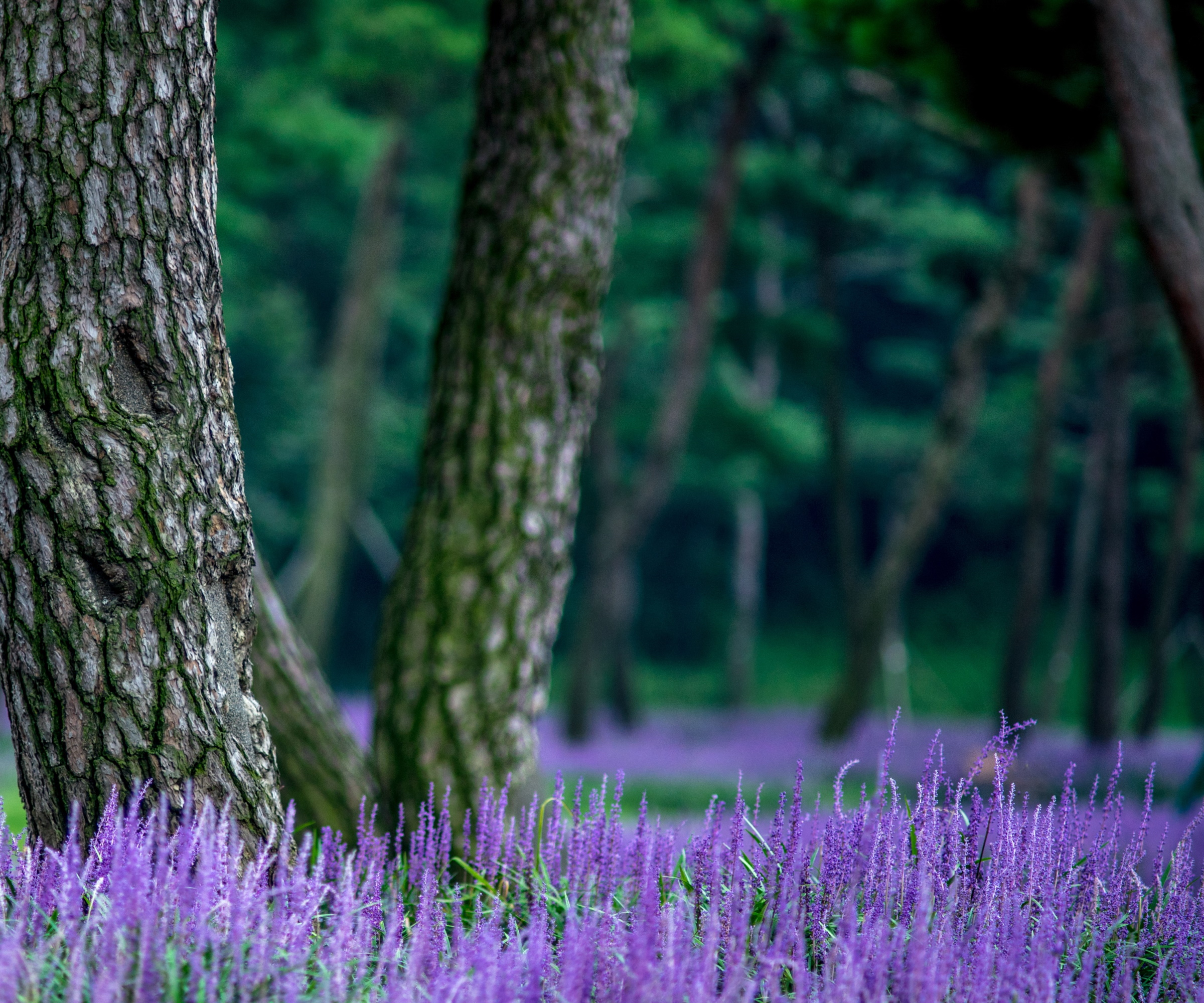
How and when to feed monkey grass
Monkey grass plants are versatile part-shade or full-shade perennials, growing in US hardiness zone 4 to US hardiness zones 10. Monkey grass can tolerate extreme cold and drought, making it popular in different zones and regions.
I have found that a small amount of daily sunshine, even just 2 hours, and consistent moisture in the soil will produce the best results when growing monkey grass. Feeding your plants is also recommended, and can also help to give your plants a boost this year.
When to feed monkey grass
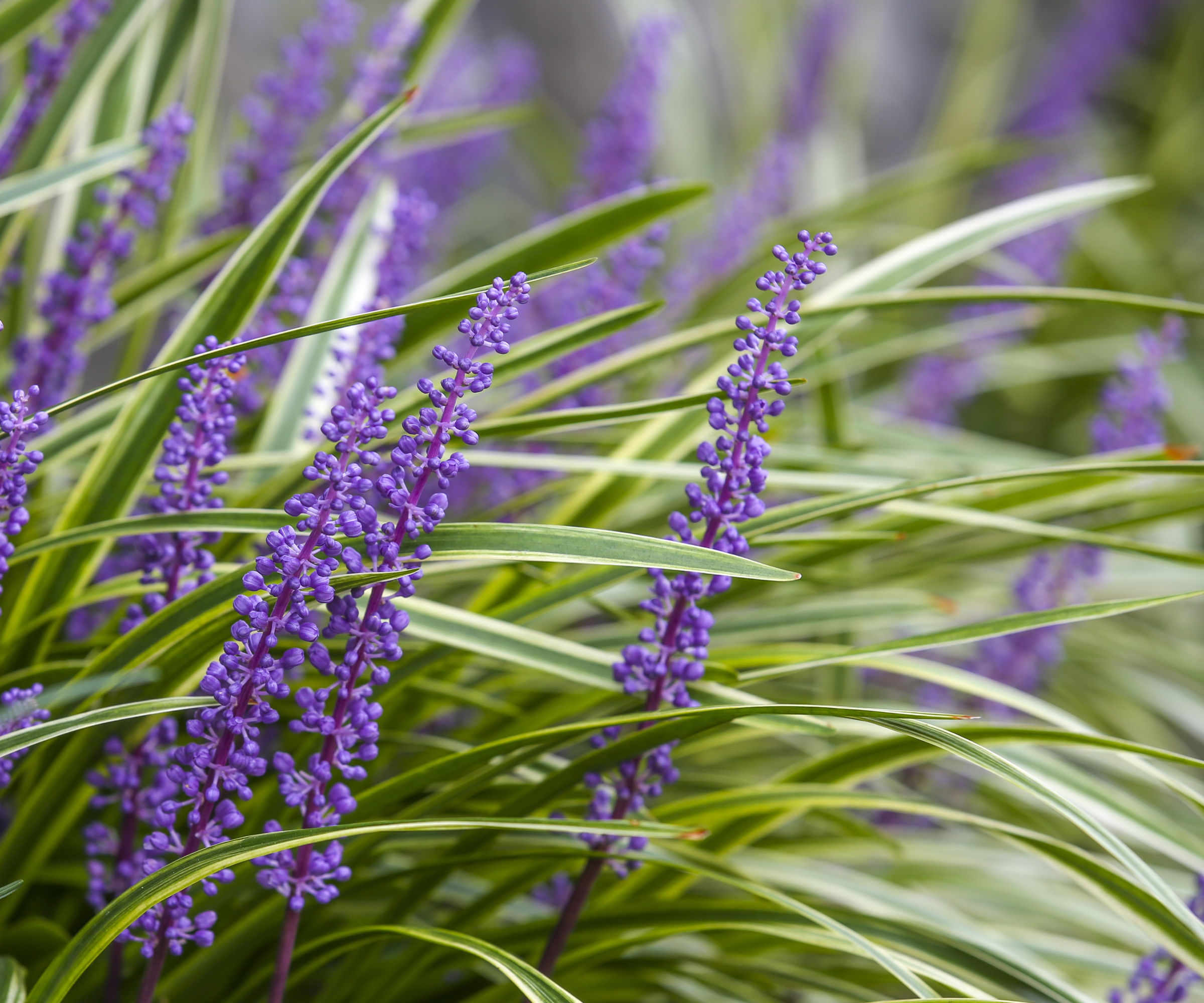
'Monkey grass is such an adaptable plant,' says Mike Murphy, garden expert and owner at You Had Me At Gardening. 'If you are looking for a hardy choice that will thrive in tricky spots, such as under trees, monkey grass is the plant to grow.' What's more, in mild regions, monkey grass will retain its foliage through the fall and winter, growing as evergreen ground cover plants.
'This low-growing plant can handle dry shade, but I find it grows best in areas with consistently moist soil,' Mike continues, 'but it will tolerate short periods of drought.'
'At the start of spring, it is a good idea to give your plants a boost by applying a balanced fertilizer that will support healthy growth,' Mike says. Wait until after the last frost before feeding your plants, preferably fertilizing in mid to late spring as the temperatures rise.

Mike grew up gardening with his parents and grandparents. He enjoys his backyard orchard of dwarf fruit trees, raspberry and blackberry patches, and raised garden boxes. In addition to his perennials, Mike enjoys sprouting new fruit and vegetable seeds every spring.
How to feed monkey grass
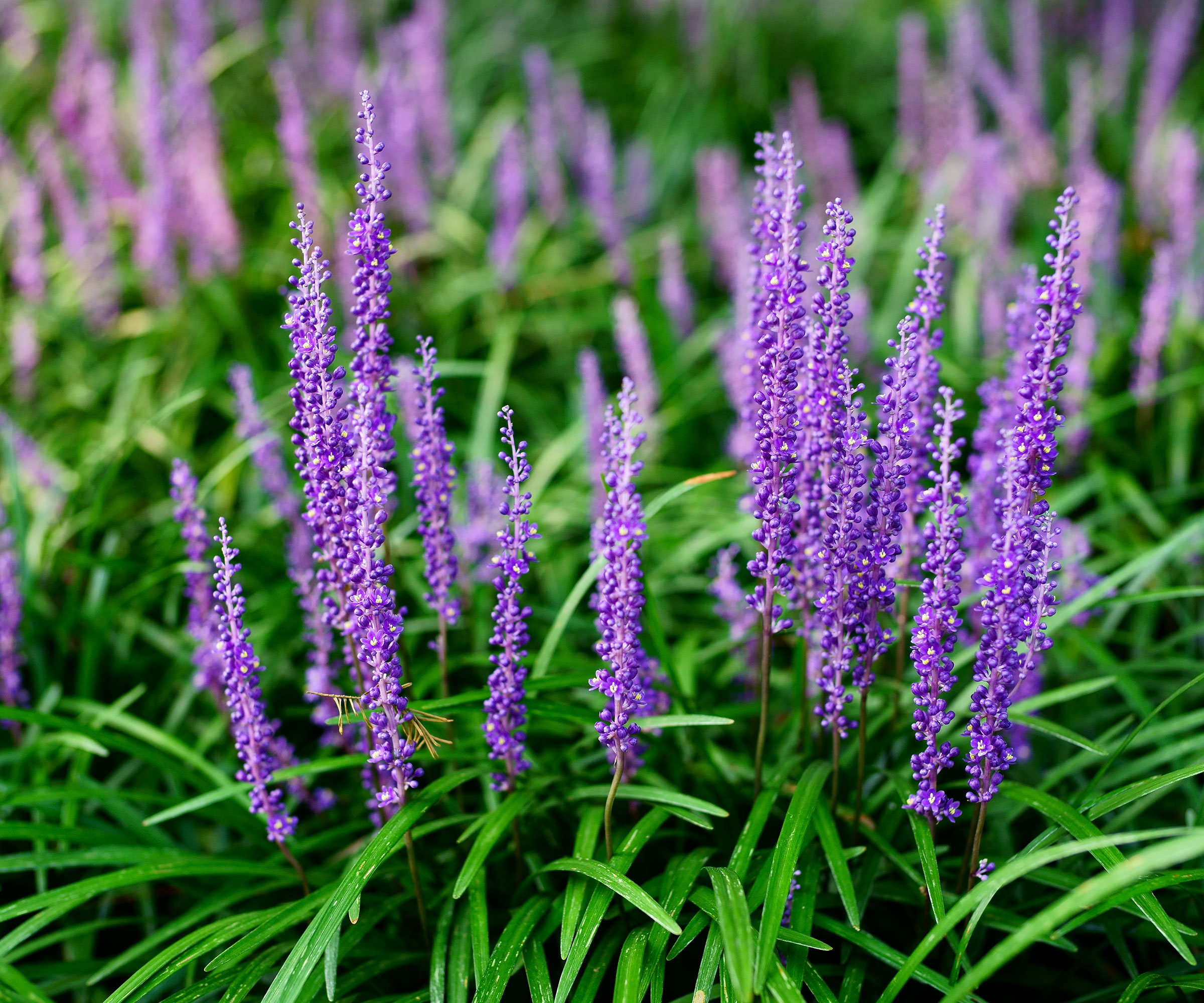
Mike recommends applying a balanced general-use fertilizer in the spring that will help to add nutrients to the soil. I would recommend using something like this slow-release feed from Walmart, which will feed your plants over a longer period.
Once the risk of frost has passed, sprinkle a small amount of slow-release granular feed on the soil under and around your monkey grass plants. Be careful that the granules do not catch or sit on the foliage of your plants, as this can burn and damage the leaves.
'Remember to always follow the instructions on the packaging of your fertilizer,' Mike says. 'It is best to use a small amount, once in the season.' Feeding at this point will help to encourage your plants to grow, but remember that monkey grass are not heavy feeders, so it is best to err on the side of caution, and use only a small amount of feed.
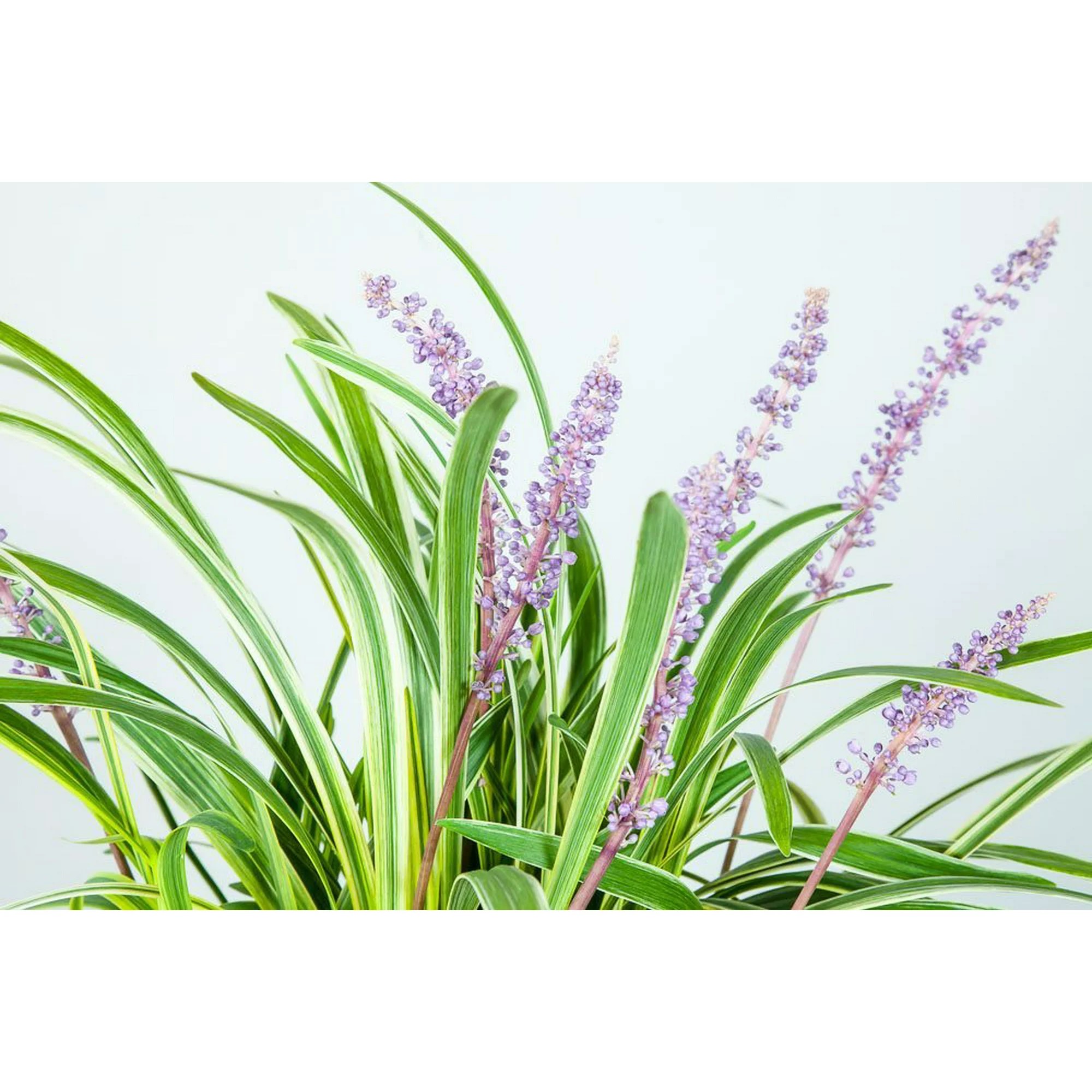
Monkey grass, or Liriope muscari, is a tough, low-growing perennial popular for its attractive grass-like foliage and flower spikes that arrive in late summer. Suitable for both part-shaded yards and full-shade, this hardy plant is a must for tricky spots.
FAQs
What is the best fertilizer to use when feeding monkey grass?
I would recommend using an all-purpose fertilizer, suitable for general use with outdoor plants. It is best to use a granular form that is slow-release, as this will feed your plants for a longer time period across the growing season.
While monkey grass are not considered heavy feeders, fertilizing your plants once per year in the springtime can help to encourage new growth, keeping your plants healthy and looking their best. For more information on plants to grow in dry-shade, see our guide to the best plants for under trees, for more ideas on perennials and ground cover species to plant in tricky spots.
Sign up to the Homes & Gardens newsletter
Design expertise in your inbox – from inspiring decorating ideas and beautiful celebrity homes to practical gardening advice and shopping round-ups.

Thomas is a Content Editor within the Gardens Team at Homes and Gardens. He has worked as a professional gardener for both public spaces and private estates, specializing in productive gardening, growing food and flowers. Trained in Horticulture at the Garden Museum, he has written on gardening and garden history for various publications, including The English Garden, Gardens Illustrated, Hortus, The London Gardener and Bloom. He has co-authored a Lonely Planet travel book, The Tree Atlas, due out in 2024.
-
 7 of the best tomatoes for growing in pots - expert growers pick their top varieties ideal for large harvests from containers
7 of the best tomatoes for growing in pots - expert growers pick their top varieties ideal for large harvests from containersYou can enjoy bumper homegrown harvests in small spaces
By Drew Swainston Published
-
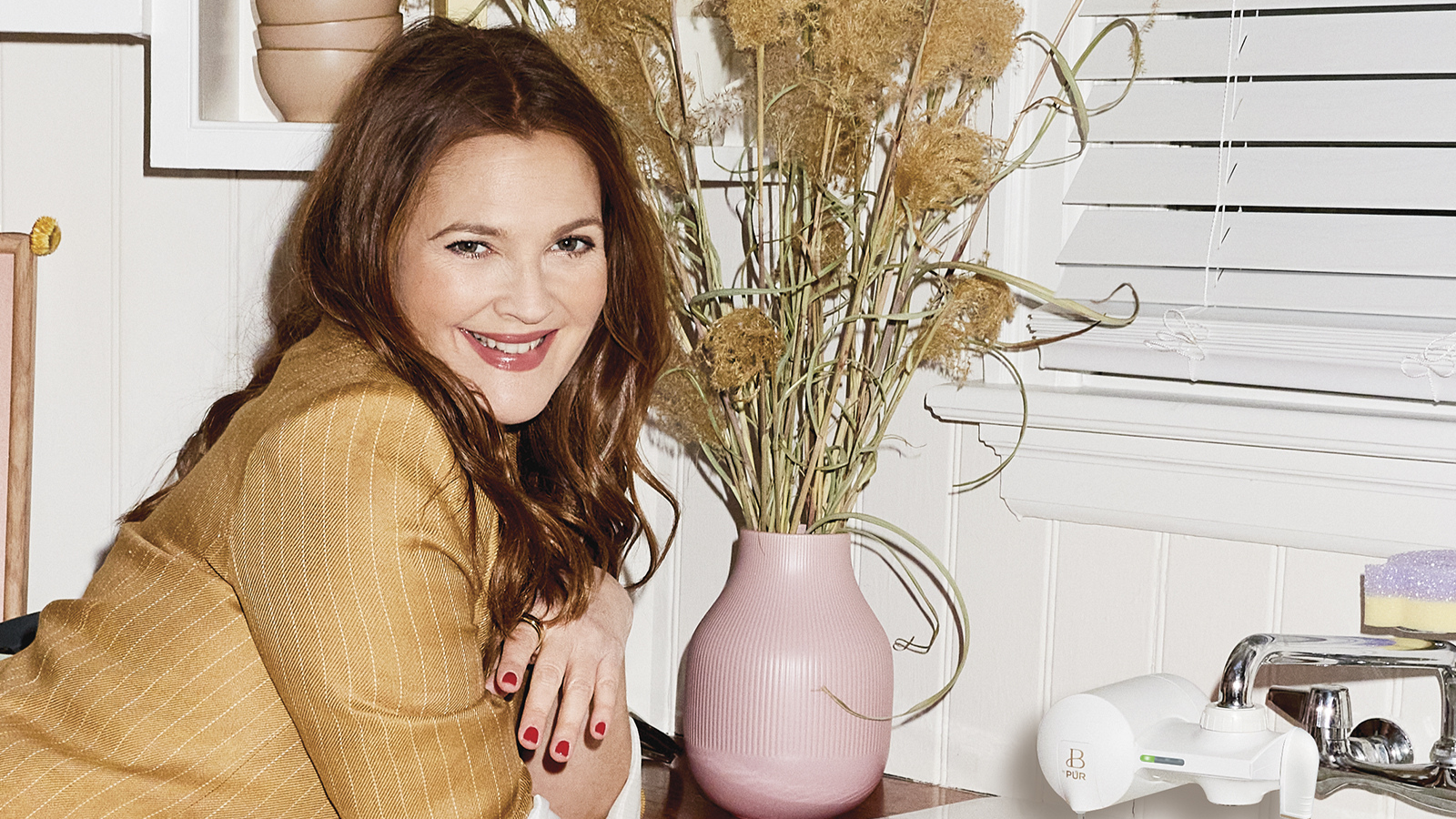 Drew Barrymore creates a 'balanced' kitchen in 4 easy steps – her rules will make your small, compact countertops feel beautiful
Drew Barrymore creates a 'balanced' kitchen in 4 easy steps – her rules will make your small, compact countertops feel beautifulDrew proves that with the right styling (and chic appliances), you can make even the smallest of kitchens look harmonious
By Hannah Ziegler Published